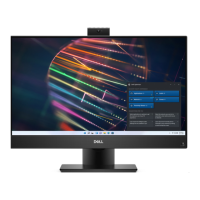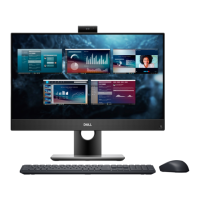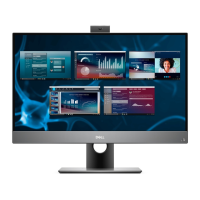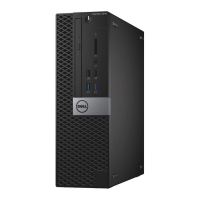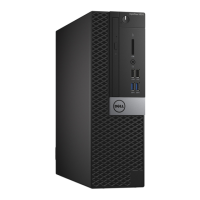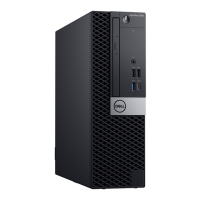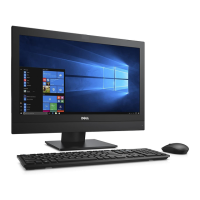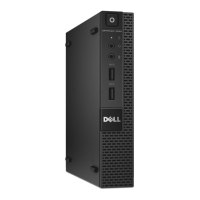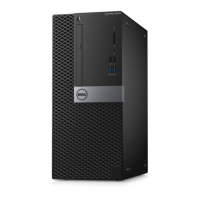What to do if no memory/RAM detected in my Dell OptiPlex 5400 Desktop?
- AAdrienne StuartAug 20, 2025
First, confirm that the memory module is installed properly. If the problem persists, replace the memory module.
What to do if no memory/RAM detected in my Dell OptiPlex 5400 Desktop?
First, confirm that the memory module is installed properly. If the problem persists, replace the memory module.
How to fix memory/RAM failure on Dell OptiPlex 5400?
Try resetting and swapping the memory modules among the slots. If the problem continues, replace the memory module.
How to fix system board failure on Dell OptiPlex 5400?
Try flashing the latest BIOS version. If the problem persists, replace the system board.
What to do if BIOS Recovery image is not found on Dell OptiPlex 5400?
Try flashing the latest BIOS version. If the issue continues, replace the system board.
What to do if BIOS Recovery image found but invalid on Dell OptiPlex 5400?
Try flashing the latest BIOS version. If the problem continues, replace the system board.
What to do if invalid memory installed in Dell OptiPlex 5400 Desktop?
Reset and swap the memory modules among the slots. If the problem persists, replace the memory module.
What to do if flash corruption detected by SBIOS on Dell OptiPlex 5400 Desktop?
You can try a few things: 1. Press the power button for over 25 seconds to do an RTC reset. 2. Disconnect all power sources (AC, battery, coin cell) and drain flea power by pressing and holding down the power button for 3~5 seconds. If the problem persists, replace the system board.
How to fix system board/chipset error on Dell OptiPlex 5400?
Replace the system board.
What to do if power rail failure on Dell OptiPlex 5400?
Replace the system board.
How to resolve LCD failure (SBIOS message) on Dell OptiPlex 5400 Desktop?
Replace the LCD module.
Essential safety guidelines, precautions, and ESD protection for internal work.
Steps to follow after completing internal computer maintenance.
Overview of major components, recommended tools, and screw list.
Procedures for removing/installing stand, covers, and shields.
Removing/installing hard drives, SSDs, and memory modules.
Removing/installing fans, heat sinks, processor, and system board.
Removing/installing battery, wireless card, camera, audio, I/O boards, speakers.
Procedures for display panel and middle frame.
How to enter and navigate the BIOS setup utility.
Procedures for updating BIOS and managing passwords.
Running diagnostics, interpreting lights, and system error codes.
Recovering OS, RTC resets, and WiFi troubleshooting.
Utilizing self-help resources and contacting Dell support.
| Chipset | Intel Q670 |
|---|---|
| CPU Socket | LGA 1700 |
| Processor | 12th Gen Intel Core i3/i5/i7/i9 |
| Storage | 2.5" HDD/SSD, M.2 SSD |
| Video Output | 1 DP 1.4a port, 1 HDMI 2.1 port |
| Ports | USB 3.2 Gen 2, USB 2.0, USB-C, audio, serial (optional) |
| Ethernet | Gigabit Ethernet |
| Wireless | Bluetooth |
| Operating System | Windows 11 Pro |
| Graphics | Intel UHD Graphics 730 (on select models), optional discrete GPU |
